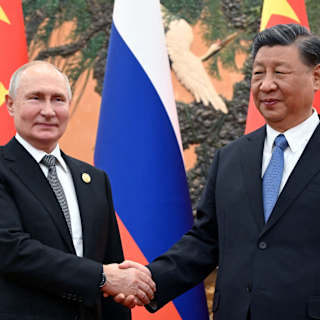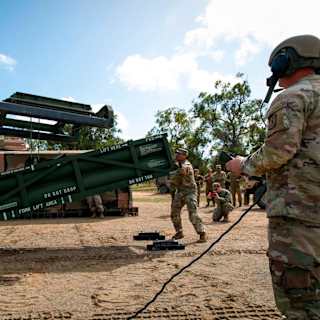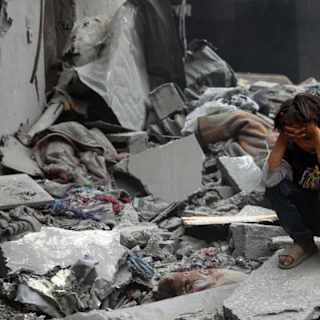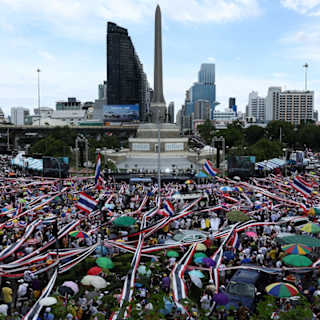- Attack Devastates Capital
- Diplomatic Efforts Stall
- Intensifying Summer Offensive
Russia unleashed its largest drone and missile barrage on Ukraine overnight Friday, just hours after President Donald Trump concluded a phone call with Vladimir Putin that ended without diplomatic breakthrough. The attack wounded 23 people and targeted multiple districts across Kyiv as air raid sirens echoed through the Ukrainian capital.
Ukrainian officials said the assault included 539 drones and 11 missiles, making it the largest aerial bombardment since Russia's invasion began in February 2022. The timing underscored Putin's defiance following his conversation with Trump, in which the Russian leader insisted Moscow would not abandon its war objectives.
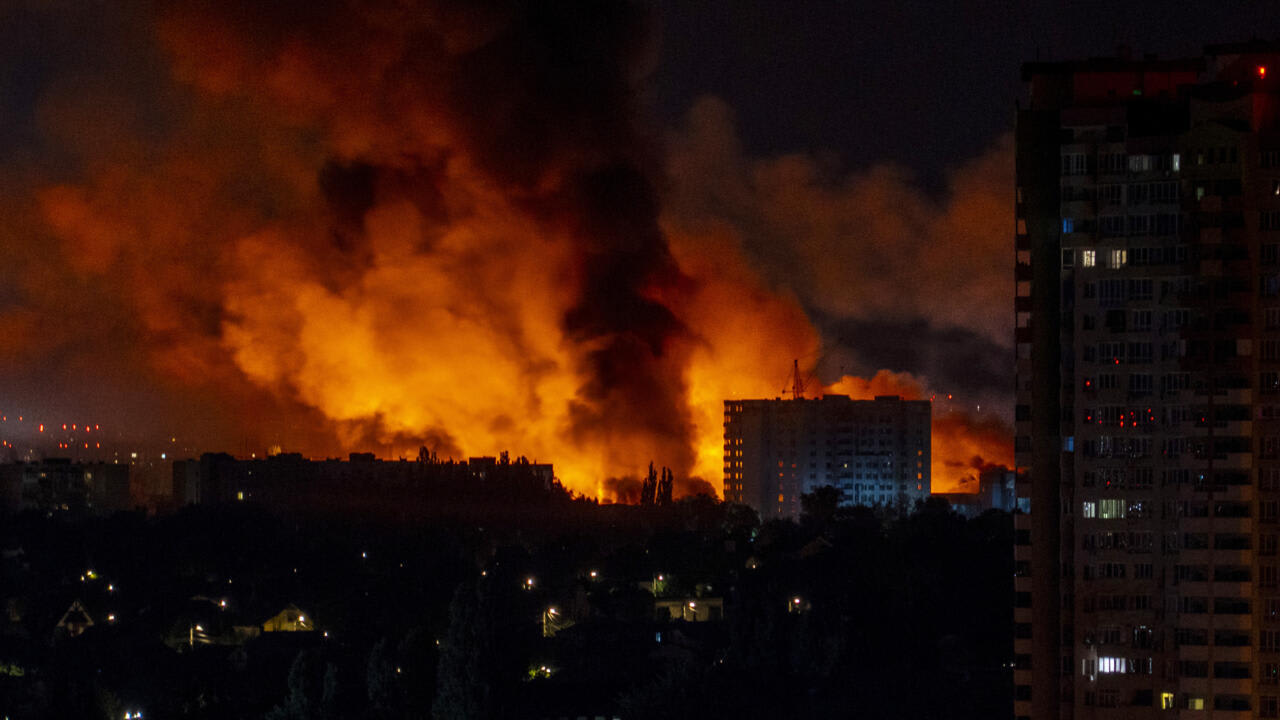
The overnight barrage struck more than 20 locations across Kyiv, igniting fires in residential buildings and damaging civilian infrastructure12. In the Solomianskyi district, part of a five-story apartment building was destroyed and a massive fire consumed 2,000 square meters of a seven-story building's roof1. A 14-story residential building in Sviatoshynskyi district caught fire after a drone strike1.
AFP journalists in Kyiv reported hearing drones buzzing overhead and explosions as Ukrainian air defenses responded to the assault3. More than 450 rescuers and nearly 100 emergency units were deployed to handle the aftermath1.
"Yet again, Russia is showing it has no intention of ending the war and terror," Ukrainian President Volodymyr Zelensky said on social media3. He called for increased pressure on Moscow, particularly from the United States.
The attack came within hours of Trump's July 3 phone call with Putin, the sixth such conversation since Trump took office in January1. Trump told reporters he "didn't make any progress" and expressed disappointment with Putin's unwillingness to negotiate2.
During the hour-long call, Putin told Trump that "Russia will achieve its goals" in Ukraine and "will not abandon" them, according to Kremlin aide Yury Ushakov1. The conversation covered both Iran and Ukraine but yielded no concrete results toward ending the conflict1.
"Putin clearly shows his complete disregard for the United States and everyone who has called for an end to the war," Ukrainian Foreign Minister Andriy Sybiga wrote after the attack3.
Russian forces have significantly intensified their offensive operations across Ukraine in summer 2025, with the rate of territorial gains doubling from 36 to 72 square miles in the last week of June alone.1 This acceleration follows a concerning pattern that began in early 2025, when Russia ramped up operations along multiple fronts simultaneously—a capability they previously struggled to maintain.2 The July 4 attack on Kyiv, described by one resident as "the worst nightmare come to life," represents the peak of this escalation, breaking the previous record of 537 drones and missiles set just days earlier.34
The suspension of U.S. military aid has likely contributed to Russia's accelerated advances. When the Trump administration temporarily halted intelligence sharing in March 2025, Russian forces increased their rate of territorial gains by approximately 63% (from 19 to 31 square kilometers daily).5 The recent Pentagon pause on shipments of Patriot air defense systems and precision-guided munitions has prompted Ukraine's Foreign Ministry to warn that such delays "risk emboldening Russia to escalate further."6 As Ukrainian Commander-in-Chief General Syrskyi noted, only Ukrainian operations in Kursk Oblast have prevented Russia from redeploying 60,000 troops to reinforce offensives in other critical directions.2
